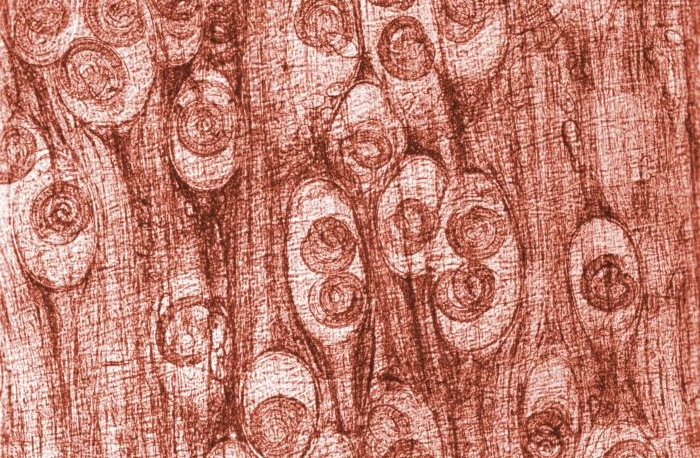Between June and September, monsoon rains sweep across India, washing away the arid soil of the summer and irrigating the enormous rice fields that stretch across the country. Approximately 80 percent of India’s rain falls during this season and farmers eagerly anticipate the weeks of heavy downpour, with which their livelihoods are so intimately intertwined.
Monsoon season, however, brings not only the rain but also a slew of unpleasant disease-carrying vectors. The humid, damp air and stagnant pools of water lend themselves as ideal breeding grounds for infectious microorganisms. Cases of malaria and dengue, two of the more notorious mosquito-borne illnesses, explode across India, and the already fragile health infrastructure of this country is typically unable to handle the influx of patients. However, in the rural, farming villages children are dying of a disease that has received little media coverage despite its prevalence.
The Japanese encephalitis virus (JEV) is the most common cause of childhood viral encephalitis in the world, and India’s children are some of the most vulnerable to infection.
Japanese Encephalitis in India
In 2005, northern India suffered from a massive outbreak of acute encephalitis syndrome (AES), an umbrella term under which all forms of encephalitis are initially classified. It was later confirmed that the outbreak was caused by the JEV.
Between July and November, at least 5,700 children were affected and 1,300 died in Uttar Pradesh alone, although this is likely a gross underestimate as Japanese encephalitis (JE) is difficult to diagnose without laboratory testing. Approximately 70 percent of those who develop JE illness will either die or suffer from long-term neurological disabilities. Even though cyclical outbreaks of JE have occurred in the area since 1978, there were no government implemented vaccination programs and hospitals were largely overstrained in their capacity to treat hundreds of sick children.
As a response to the 2005 outbreak, immunization campaigns targeting the highest-risk districts were established. While this intervention is a commendable first step to lower the JEV incidence in the identified regions, AES outbreaks due to JE continue to occur seasonally. Presently, Uttar Pradesh is again suffering from an acute outbreak of JE. Within a single day, 550 patients displaying severe symptoms of the viral brain disease were admitted to a government hospital in Gorakhpur.
Disease symptoms & progression
Japanese encephalitis is widespread across the Asian continent. Over 3 billion people, or half of the world’s population, live in JE endemic regions and are at risk of infection. Water birds, such as herons and egrets, are the natural reservoirs of the virus, from where spillover to humans and pigs via the Culex mosquito can lead to large-scale outbreaks.
Every year, approximately 50,000 individuals are sickened and 10,000 individuals die, as a result of JE infection. However, since many cases of JE are never reported or clinically identified, it is likely that the true incidence is much higher.
Japanese encephalitis usually begins with flu-like symptoms, such as high fever, nausea, and headaches, from where it may progress to changes in behavior, lethargy, and confusion. In severe cases, patients may experience seizures and become comatose. Infected individuals who show no obvious symptoms gain immunity to the disease.
Prevention is key
Since no cure for the disease exists, the most effective and cost-efficient form of prevention is vaccination. However, the JE vaccine requires multiple doses, which has been a significant barrier in past immunization campaigns. In resource-limited settings, high delivery and storage costs act as financial obstacles for vaccine administration. Additionally, the three-dose regiment compromises compliance rates for individuals unable to return to health care facilities for numerous dosages.
Environmental management of rice paddies, the breeding ground for the Culex mosquito, could also be a potential strategy for vector control. However, this requires improved infrastructure, governmental support, and access to sufficient water at specific times; which cannot always be guaranteed in countries most affected by JE. Additionally, since pigs act as amplifying hosts, pig rearing among rice farmers should be avoided or managed with this in mind.
In the past, chemical control of vector populations with the use of pesticides was successful in breaking the transmission cycle. However, this is now only considered a short-term solution due to increased levels of insecticide resistance.
Large-scale outbreaks of JE are a serious threat in many Asian countries. Despite the availability of a vaccine, thousands of children die annually due to poor health infrastructure, limited sustained government involvement to address this disease, and financial constraints. Therefore, governments and key stakeholders must support basic strategies in JE control to fully manage its widespread disease burden.

